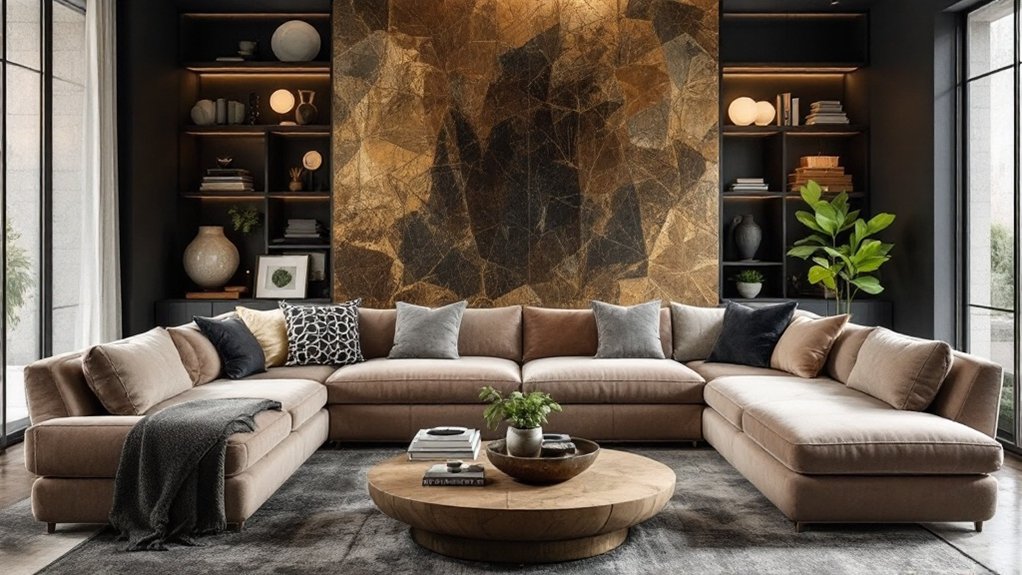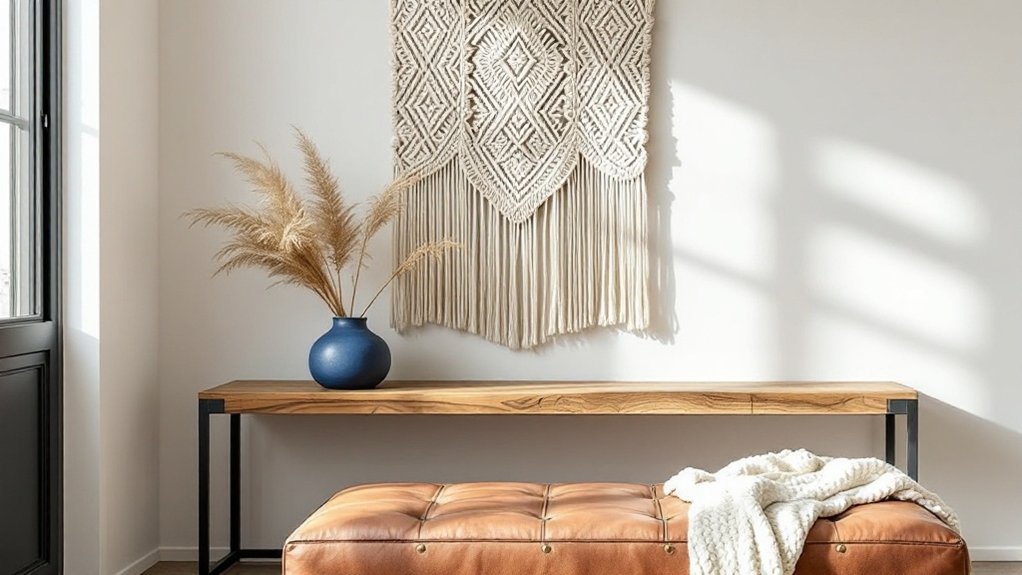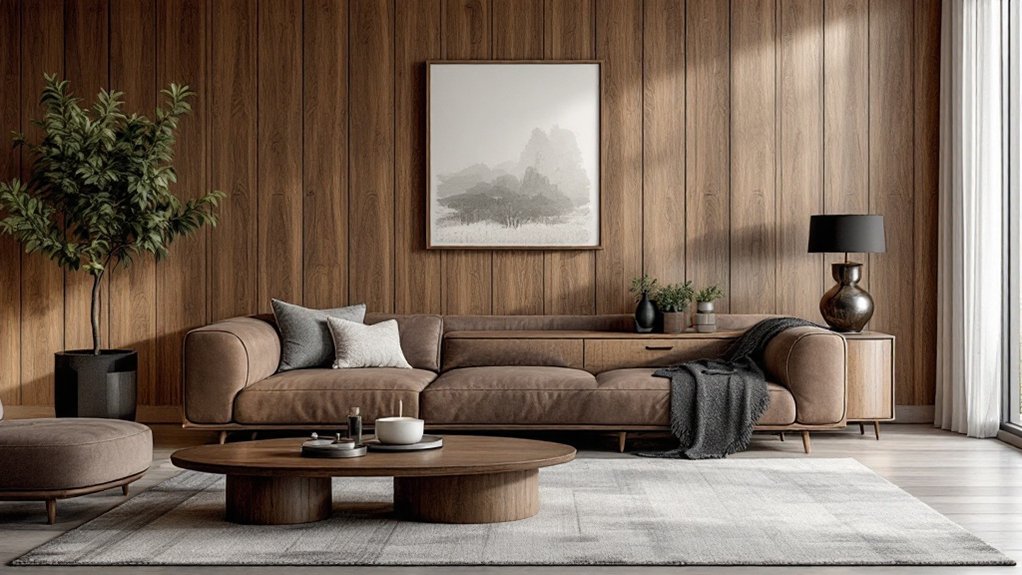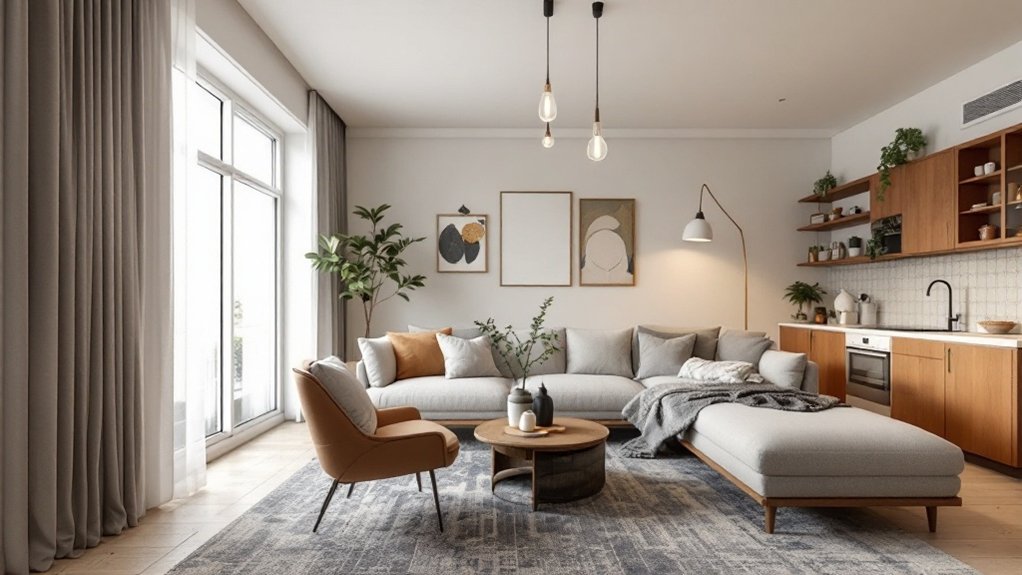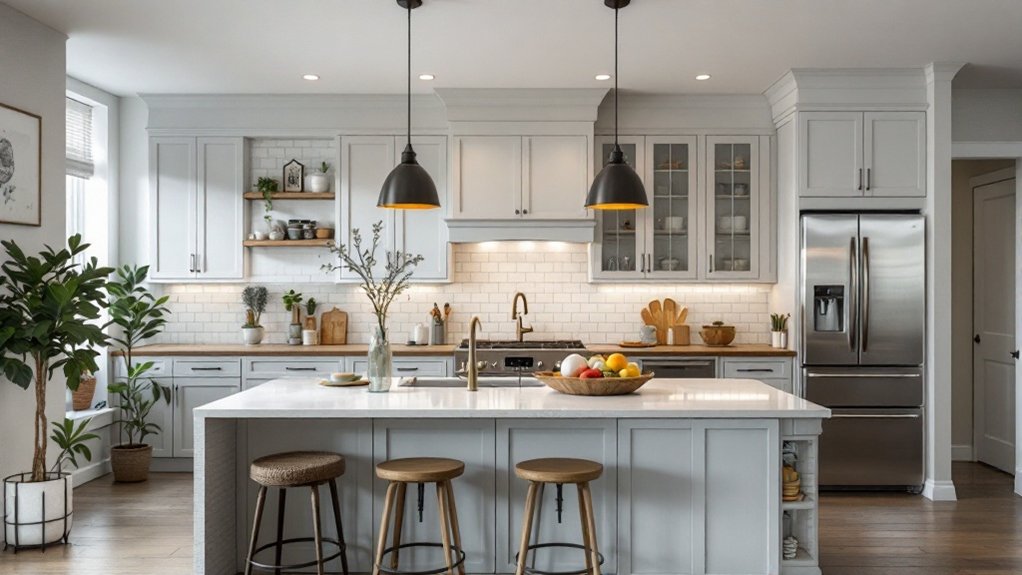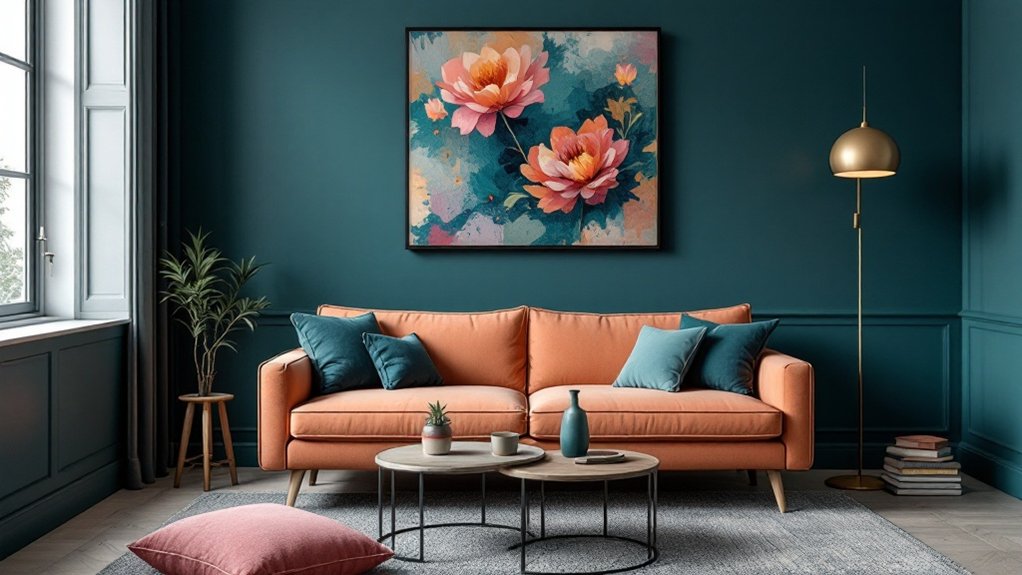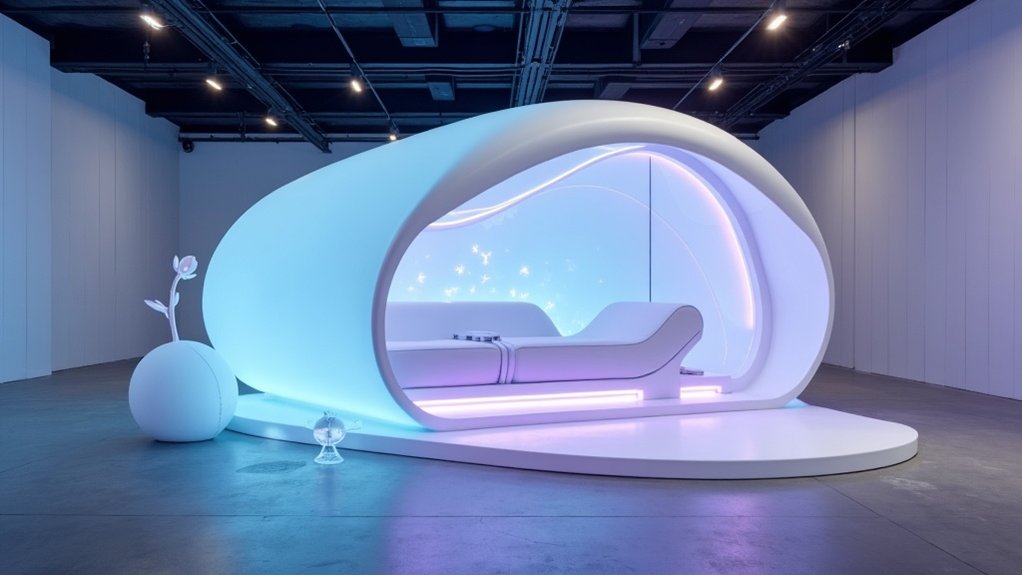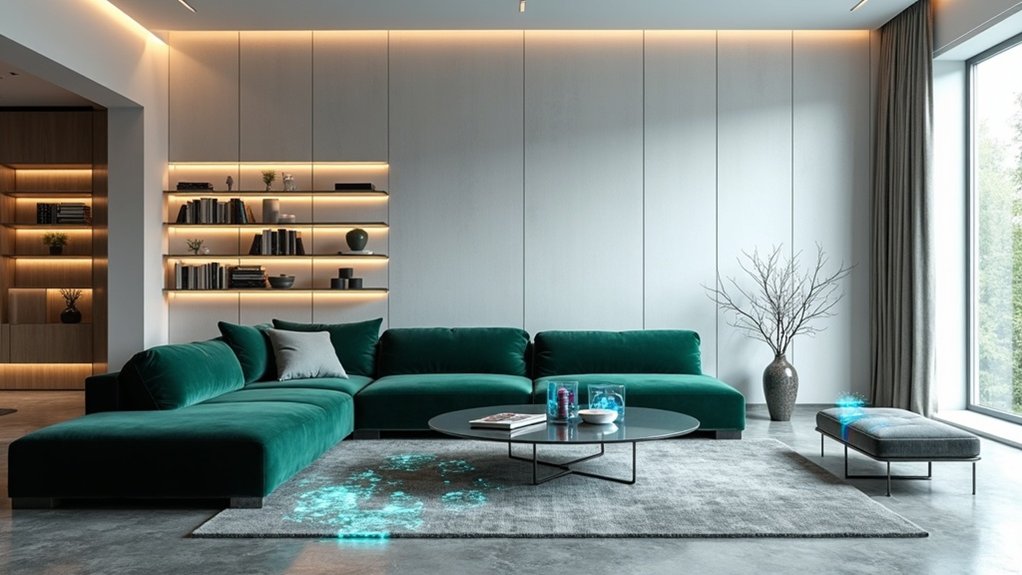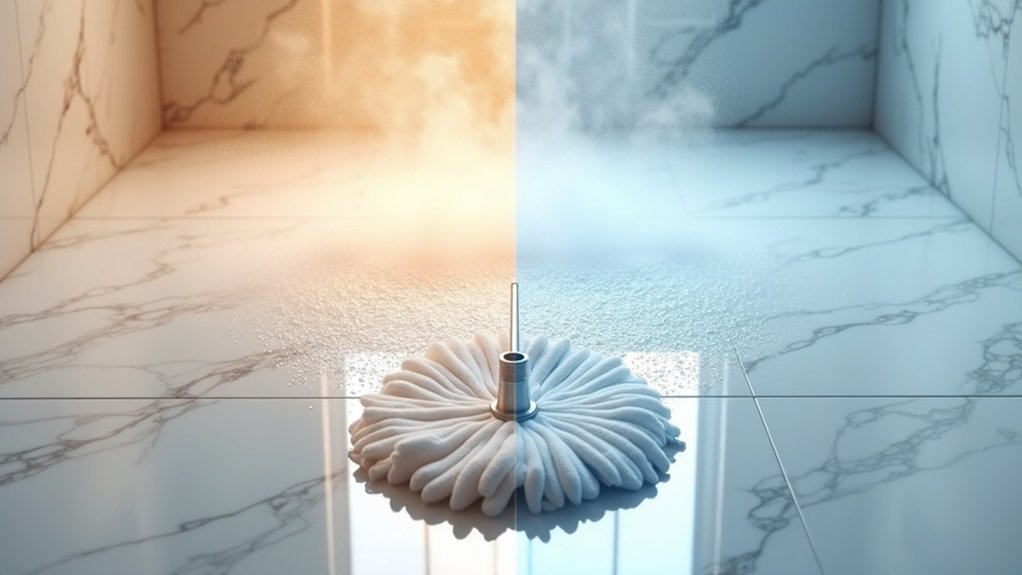Modern home decoration has evolved beyond aesthetics into a powerful form of self-expression, with 78% of U.S. homeowners viewing their spaces as extensions of their personalities. This shift materializes through dopamine décor, maximalism, and personalized design choices, particularly among Millennials who overwhelmingly adopt individualistic approaches. Social media platforms fuel this transformation, while research indicates personalized spaces contribute to mental wellness and reduced anxiety. The growing global market for decorative elements, projected to reach billions by 2029, signals a deeper revolution in how people curate their living environments.
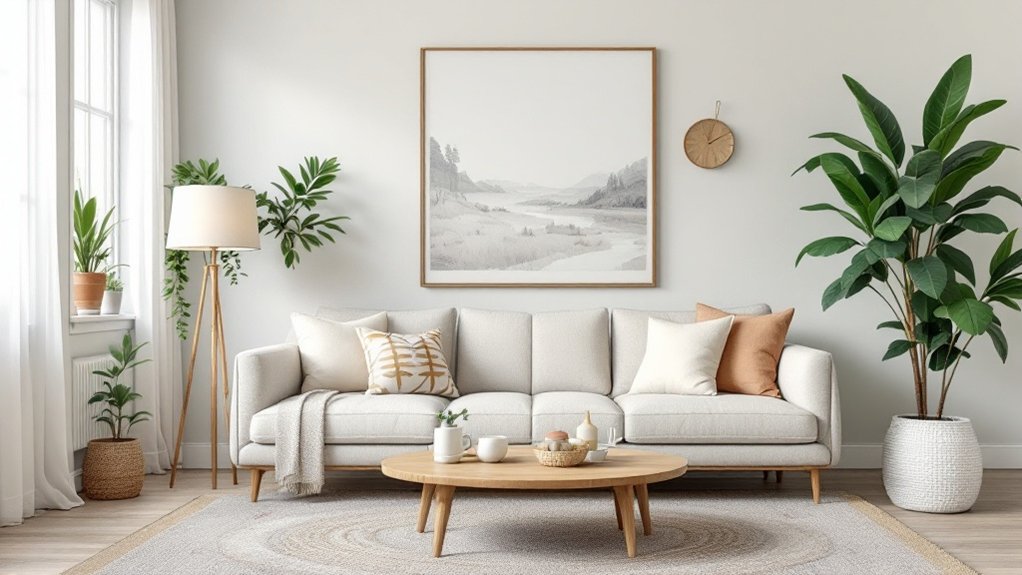
Homeowners choose to decorate their living spaces has evolved from mere aesthetics into a powerful form of self-expression, with recent studies indicating that 78% of U.S. homeowners now view their homes as direct extensions of their personalities. This trend is particularly pronounced among Millennials, with 88% embracing personalized design choices that reflect their individual identities and values. Research confirms that personal perception of beauty significantly influences how individuals approach their home decoration projects.
Today's homes are more than just living spaces – they're personal statements that showcase who we are and what we value.
The rise of expressive design movements like dopamine décor and maximalism illustrates this shift toward more personalized spaces. These styles, characterized by vibrant colors, whimsical objects, and unconventional arrangements, are gaining traction especially among younger generations. The data shows that 77% of surveyed homeowners opt for brightly colored accent walls, while distinctive rugs, unique collectibles, and playful furnishings have become staples in creating personally meaningful environments. This movement has gained significant momentum on social media, with #maximalistinteriors reaching over 158,000 posts on Instagram.
Social media platforms have emerged as significant influencers in this transformation, with 25% of Millennials reporting that these platforms are extremely influential in their décor decisions. The impact diminishes with age, as only 4% of Baby Boomers cite strong social media influence on their design choices. This generational divide is reshaping the market, with customers aged 31-40 now accounting for over half of China's home decoration market.
The psychological benefits of personalized spaces are becoming increasingly apparent. Homeowners report that their design choices contribute to mental wellness, with maximalist and dopamine-inspired décor cited as sources of daily joy and reduced anxiety. This therapeutic aspect of interior design has gained particular relevance as homes increasingly serve as sanctuaries from external stressors.
The economic implications of this trend are substantial, with the global market for decorative elements expected to reach significant milestones by 2029: carpets and rugs at $58.5 billion, curtains at $53.65 billion, and general decorations at $36.38 billion.
Technology is facilitating this growth, with 38% of homeowners embracing virtual interior decorating services for customized solutions, while DIY personalization continues to rise as a cost-effective means of achieving unique living spaces.
Frequently Asked Questions
How Do I Blend Multiple Design Styles Without Making My Space Look Chaotic?
Successful style blending requires a strategic approach focused on cohesion.
Designers recommend starting with a unified color palette and consistent materials throughout the space. Key furniture pieces should maintain proportional balance, while recurring motifs in accessories can tie different styles together.
Thoughtful editing prevents overcrowding—select versatile anchor pieces that bridge multiple aesthetics, then layer in carefully chosen accents that share common elements like finish, texture, or pattern.
What Are the Best Ways to Incorporate Family Heirlooms Into Modern Decor?
To successfully incorporate family heirlooms into modern decor, strategic placement and thoughtful integration are crucial.
Positioning cherished pieces as statement focal points in prominent locations, while surrounding them with contemporary elements, creates an intentional blend of old and new.
Reimagining heirlooms through reupholstery or creative repurposing can update their appearance while preserving their historical significance.
Furthermore, mixing varied textures and materials helps achieve a sophisticated balance between traditional and modern aesthetics.
Can Bold Personal Expression in Design Affect a Home's Resale Value?
Bold personal expression in home design can significantly impact resale value, with market data showing highly individualized choices potentially limiting buyer appeal.
While classic, neutral designs typically increase value by 10-15%, distinctive personal touches can either improve marketability through memorable features or deter buyers who struggle to envision their own lifestyle.
Real estate experts recommend a balanced approach: incorporating bold elements through easily changeable accents while maintaining neutral foundational elements that preserve broad market appeal.
How Often Should I Update My Personalized Decor to Stay Current?
Industry experts recommend updating personalized decor every 3-5 years to maintain a balance between current trends and investment value.
Nevertheless, this timeline can be adjusted based on individual preferences and circumstances. Those prioritizing trend alignment might refresh key pieces every 2-3 years, while others focusing on timeless designs can extend updates to 8-10 years.
Consumer satisfaction data shows that moderate updates effectively maintain style relevance while considering budget constraints.
What's the Ideal Budget Ratio Between Statement Pieces and Basic Decorative Elements?
Interior design experts recommend allocating 30-40% of a room's budget to statement pieces while dedicating 60-70% to basic decorative elements.
This ratio guarantees proper balance between focal points and supporting pieces. For best results, designers suggest investing in 2-3 key statement items per room rather than dispersing funds across multiple lesser pieces.
Quality statement furniture, like sofas or dining tables, typically commands $3,000-5,000, while basic elements can be more modestly priced.
